SeeSaw | Photographer + Videographer for Events
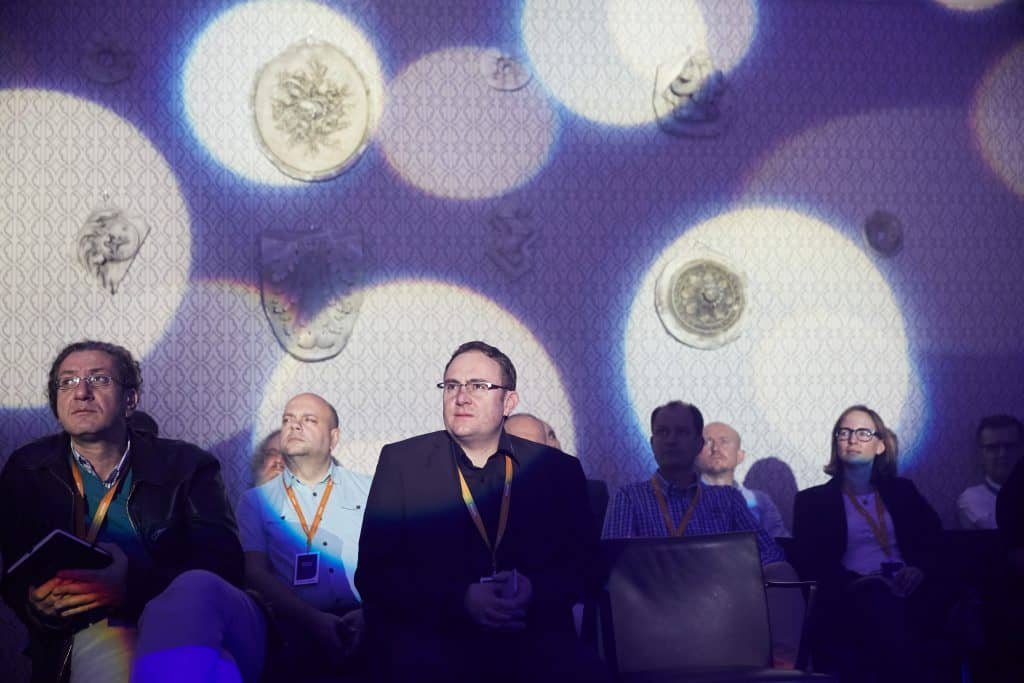
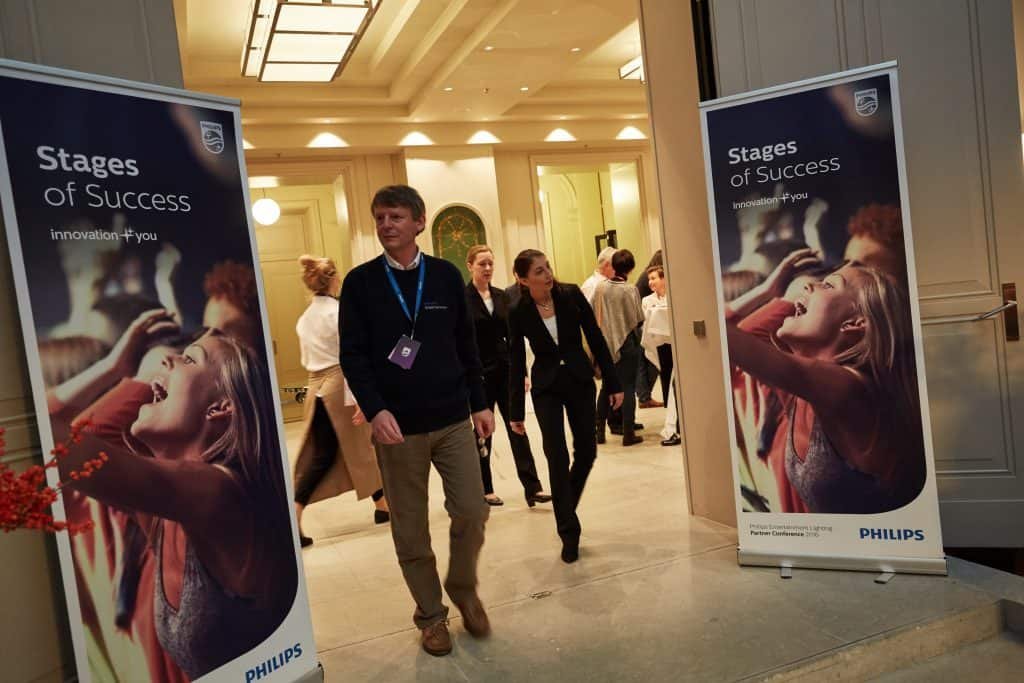
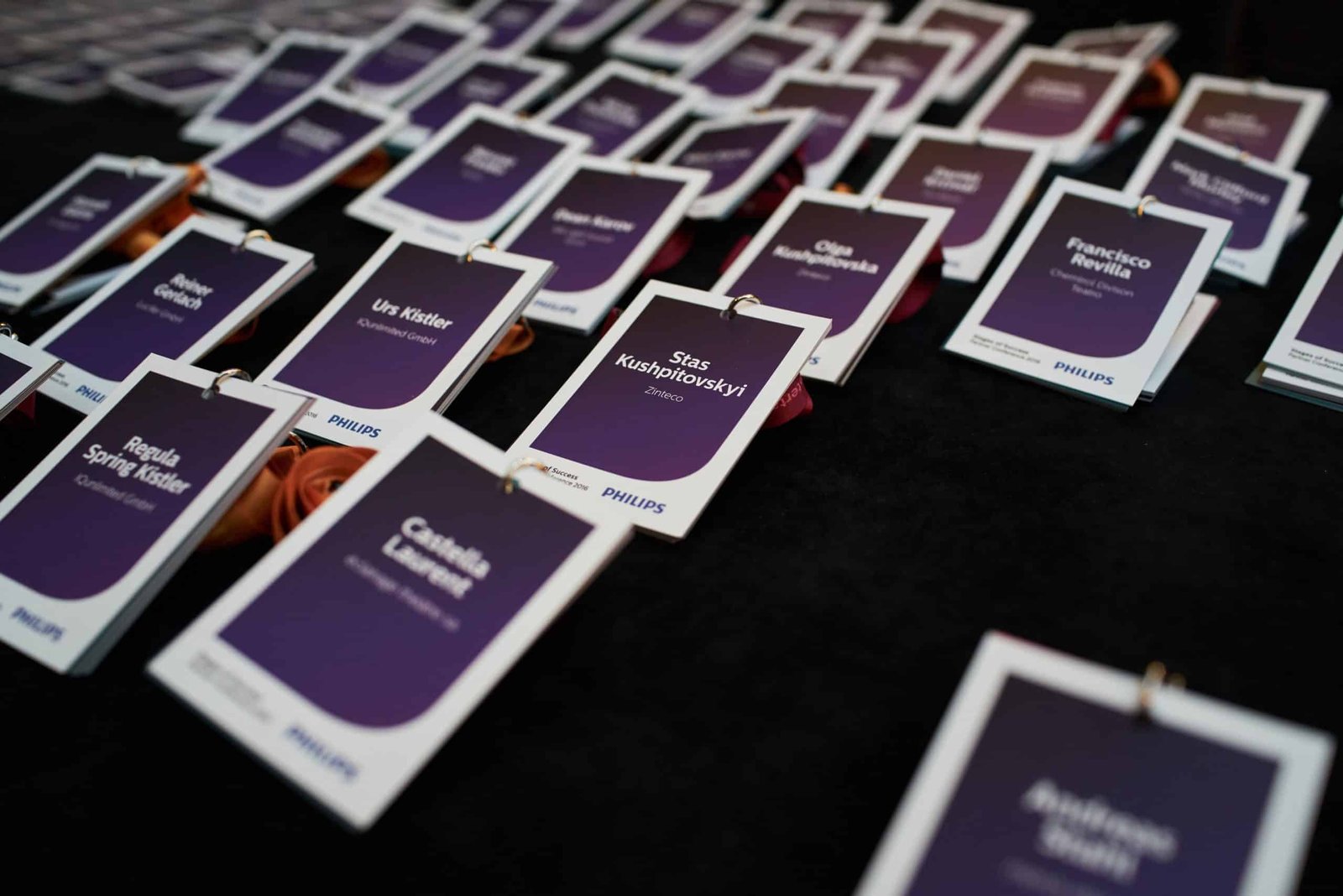
Looking for a professional event photographer in Berlin, Hamburg or Frankfurt?
Drop us a line for more details or to chat about your requirements.
We look forward to capturing beautiful moments at your next event!

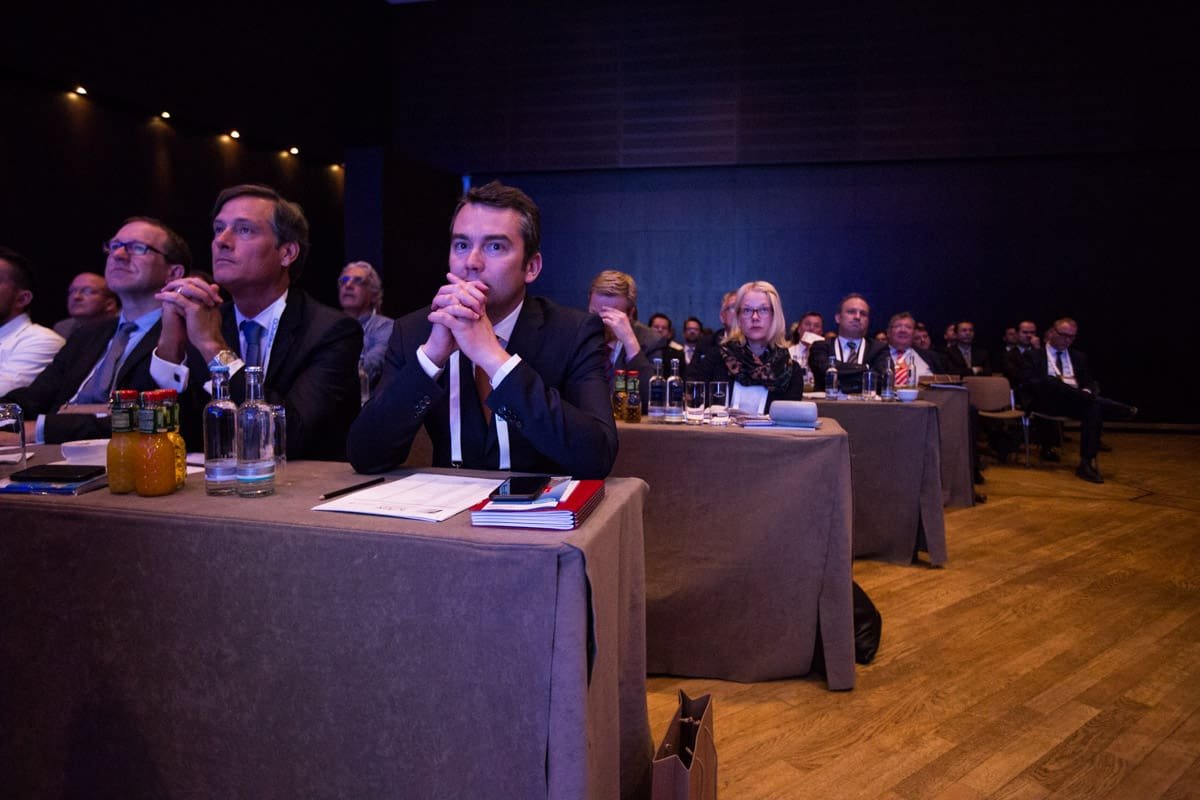

Looking for a professional event photographer in Berlin, Hamburg or Frankfurt? Drop us a line for more details or to chat about your requirements.
We look forward to capturing beautiful moments at your next event!
Writers make several rounds of edits to their work before delivering the final product. Professional photographers are no different. Editing and post-production are vital to ensure the client receives the highest quality images.
At SeeSaw Event Photo Agency, we see editing and post-production as the icing on the cake. You wouldn’t want a cake without icing, would you? I’m a big advocate of sharing, so I’m sharing the secret of my icing with you.
During an average 3-day conference, I tend to end up with between 2,500 to 3,500 photos. Not all these will be suitable or good enough for promoting the event. Some of the shots might be blurry, out of focus, with poor composition — it’s a process of selection and elimination.

I start the editing process when I’m taking the photos. I’ll decide on-the-spot which photos will be most useful in helping the client promote their event. Rather than shooting like a lunatic, I’ll stop and think about the best angle, composition, and human reaction. If the situation requires me to work fast, I’ll adjust my approach.
Good photos should have the following elements:
You might not always get all these elements, but try to get as many of them as possible. These are essential components to ensure the client has quality photos for promotional use.
I use a simple star system to filter out the good photos from the bad.
Phase 1: 1 Star
The process starts with me going through all the photos and relying on my immediate instincts. I’ll look for the four elements highlighted above. If a photo feels right and I like it (even just a little), I’ll give it 1 star. You won’t believe how many photos you’ll cut this way. From 3000 photos, I end up with 1200. That’s over 50% of the photos filtered out.
Phase 2: 2 Stars
Repeating the process, I go through the 1200 photos and give 2 stars to the ones I like. That brings the filtered photos down to 500.
Phase 3: Final Selection
This is where I get rid of duplicate shots and those that don’t tell the full story of the event. This brings the final number down to 350 to 400 photos. If necessary, you can repeat the process until you have the number of photos you want. Based on personal experience, you should have about 150 to 250 usable photos for each day of a big event.

Make sure you’ve photographed all the key figures (e.g. speakers, presenters). For trade fairs, make sure you document each stand or booth. Clients should brief the photographer on their specific requirements. Otherwise, the photographer should ask if they have any doubts.
Using Adobe Lightroom, this is when I add the final touches. I make minor adjustments such as exposure and color correction, contrast, details enhancements, noise reduction, and cropping. For poor lighting conditions, always make visual adjustments for the best results.
I see post-production as an essential part of photography service. Like I said earlier, you wouldn’t want a cake without the icing, would you? Likewise, why should you settle for photos that aren’t edited and post-produced?
Yehuda Swed (founder of SeeSaw Event Photo Agency) is a Berlin-based event photographer and storyteller
Looking for a professional event photographer in Berlin, Hamburg or Frankfurt? Drop us a line for more details or to chat about your requirements.
We look forward to capturing beautiful moments at your next event!
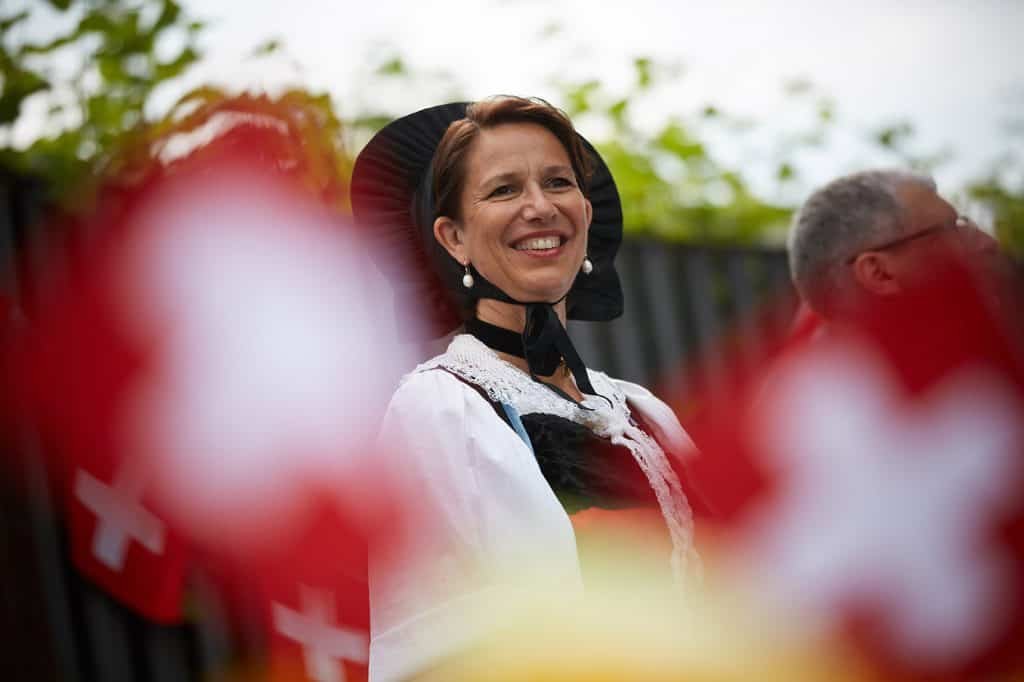
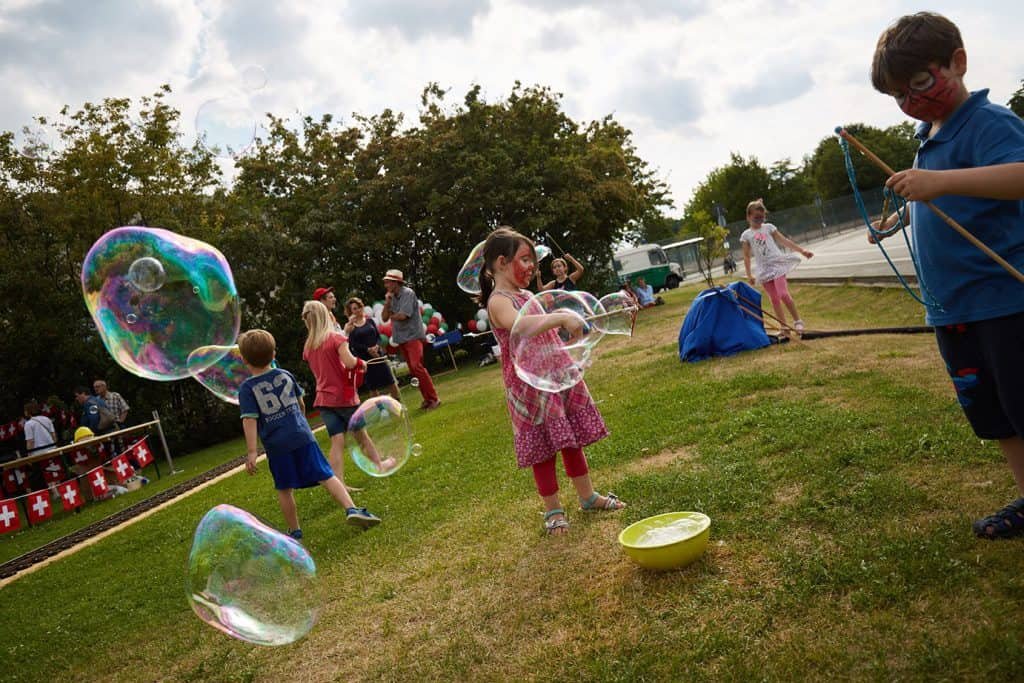
Looking for a professional event photographer in Berlin, Hamburg or Frankfurt?
Drop us a line for more details or to chat about your requirements.
We look forward to capturing beautiful moments at your next event!
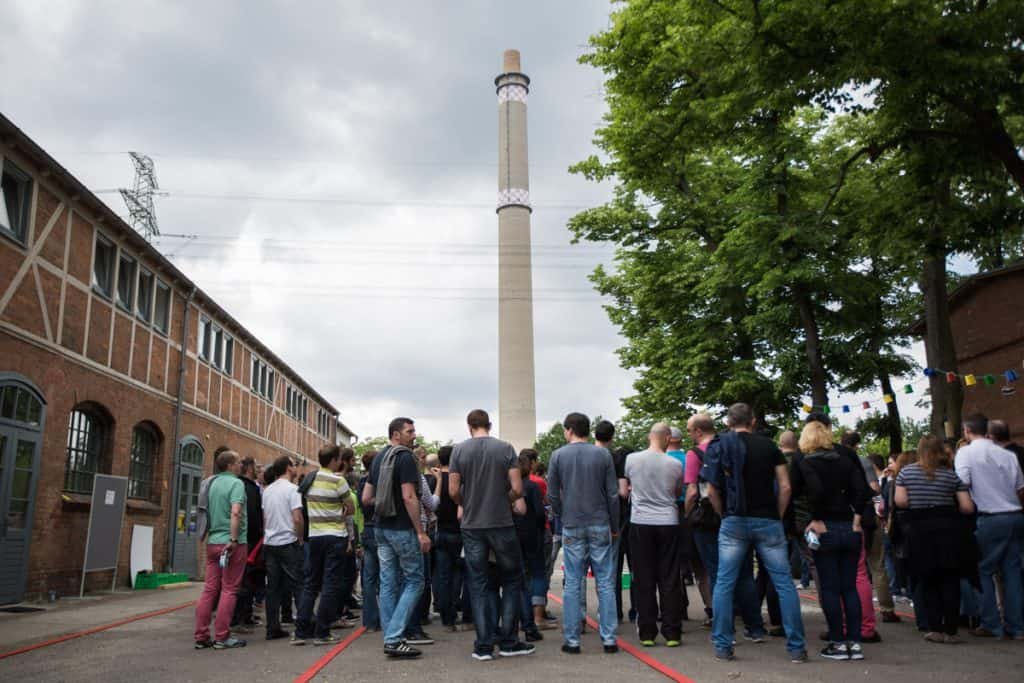
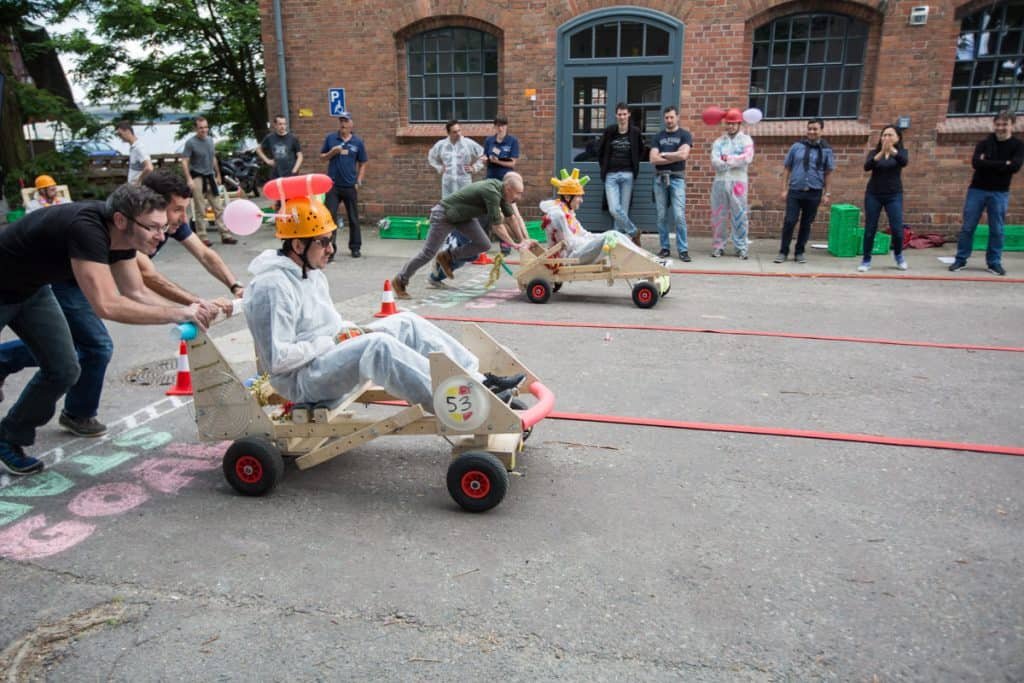
Looking for a professional event photographer in Berlin, Hamburg or Frankfurt?
Drop us a line for more details or to chat about your requirements.
We look forward to capturing beautiful moments at your next event!
Organizing events requires a ton of planning. The amount of detail that goes into organizing and coordinating tends to get overwhelming.
From logistics, event program, venue, RSVPs, to marketing and promotion, the list is endless. And that’s not all.
The event organizer also needs to create strategic photo ops for the media and branding.
Besides hiring a professional event photographer, you can set up an ideal photo environment in a few simple steps.
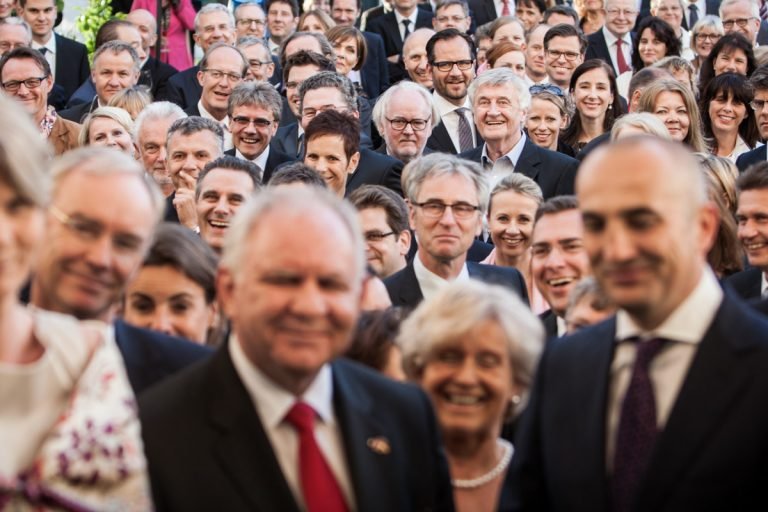
This might sound obvious, but it’s an important detail for an event organizer to note. The venue provides the backdrop for all your photos.
Be it a business conference or a cocktail party, a beautiful venue will set the right tone and mood for your event.
Most important of all, a scenic venue will allow your photographer to frame his shots well.
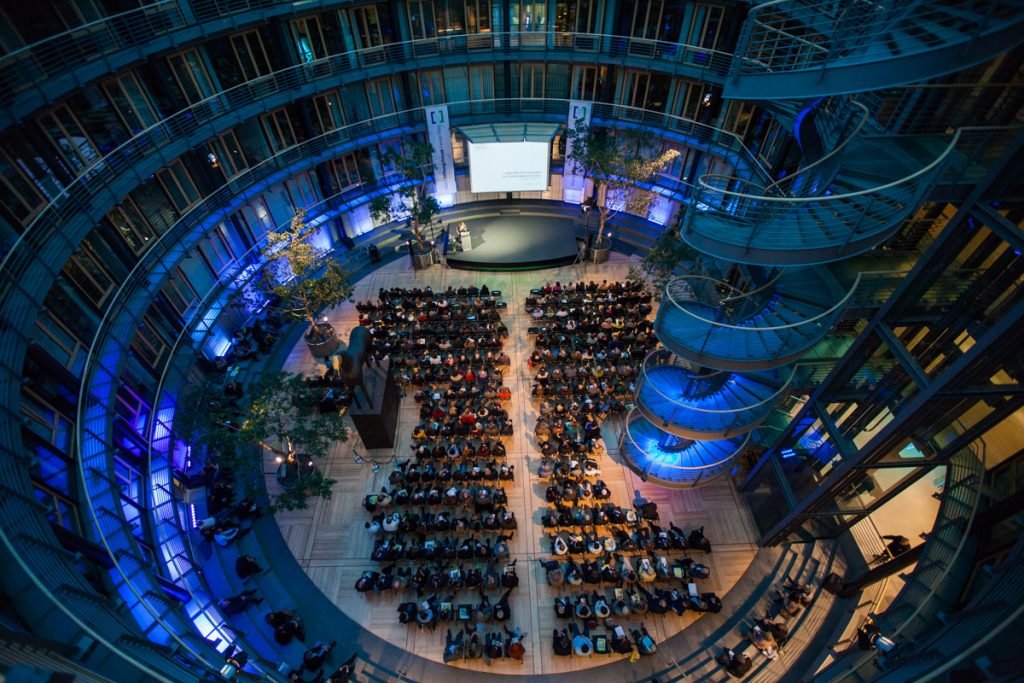
Where you place your sponsors’ signage and event banners make a big difference. They need to be prominently displayed and positioned for visibility from multiple angles.
For events with speakers on stage, all signage should be mounted behind the speakers and/or along the sides to provide multiple photo options for the photographer. If possible, it is always better to have several banners or signage at different angles on the stage, for multiple photo ops.
Pay attention to the height of the logo and branding, as well as that of the signage. A low placement makes it difficult to capture the logos, speakers, and audience in a single frame.
This is key to representing the event as a whole. For better visual results, always position the signage at a mid-level height. Positioning the logo on the podium is ideal, as it gives both the speaker and brand equal visibility.
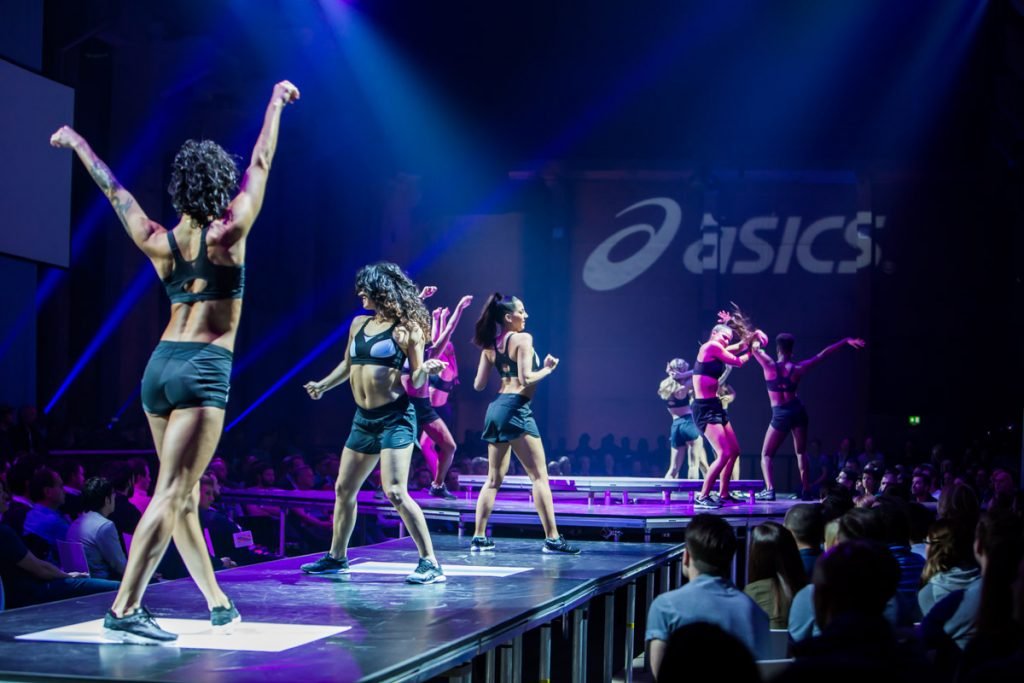
We often see dim lighting on speakers for podium discussions or lectures. This should be avoided, as lighting sets the tone of a photo. Good lighting makes the subject look alive, while weak lighting creates a somber tone. Do test runs of the lights with the venue manager or lighting crew until you get the best possible effect. For best results, have the spotlights come from the sides rather than the front. This avoids blinding the speakers, allowing them to speak at ease. It also gives your photographer plenty of good photo opportunities.
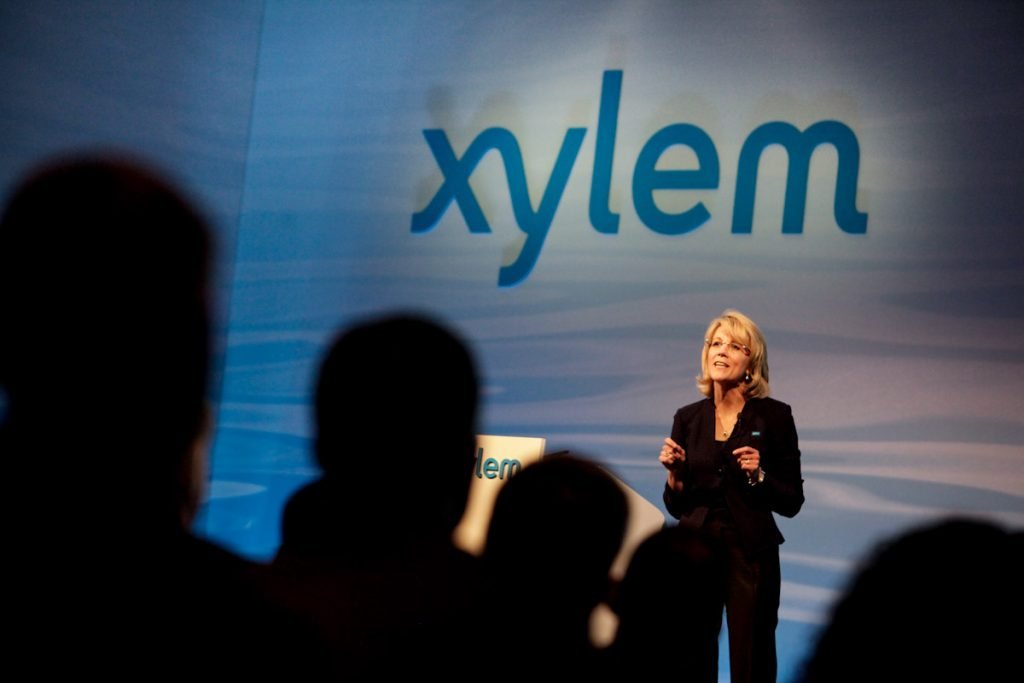
Try to avoid venues with stages set above eye level, as a high stage is uncomfortable on the eyes for viewing. Besides looking awkward, a high stage also affects the quality of your event photos. If possible, get the venue to supply a stage that does not exceed 50cm in height. You could also set up a temporary lower stage and camouflage the actual stage with white fabric or divider.

For speaking events, it is imperative to ensure that the speaker’s background is clear of reflective materials. If there are windows behind the stage, this will result in a big lighting difference between the exterior and interior. If the photographer is using a flash, the reflection bouncing off the windows will affect the quality of the photos. In other cases, the background might be partially covered with fabric and partially showing a bare wall, which wouldn’t look good in photos either.

For colored background lights, light blue, green, or yellow lights are best. Besides creating a soothing effect, these are also the best colors for high-quality pictures. Whatever you do, stay away from red lights behind the speakers.
They tend to create a sleepy crowd and project a dark stage with red-faced speakers.

Always encourage the audience to move up to the front rows.
Cordon off the back rows to start with and open them up as the rows fill up. The fuller the room is, the better it looks. A conference with plenty of empty seats wouldn’t look good in photos!

Taking photos of people eating is a strict no-no. Besides annoying those trying to enjoy their meal, you’ll just end up not using these photos. It would be a much better use of the photographer’s time to focus on shots that benefit your brand instead.

To portray a strong visual narrative of your event, the photography needs to be flawless.
It’s the key to getting positive media attention and successful advertising on different media platforms.
Not only will hiring a professional event photographer help to market your event, but high-quality pictures are also always an effective visual tool to stimulate interest in a brand or company.
Professional photography is about capturing pictures in a way that reanimates the event for those who weren’t there.
A skilled photographer creates positive visual PR for the brand by taking high-quality pictures that add life to the event, knowing which angle to shoot from and what moments to focus on.
Looking for a professional event photographer in Berlin, Hamburg or Frankfurt? Drop us a line for more details or to chat about your requirements.
We look forward to capturing beautiful moments at your next event!
British Petroleum (BP) hired us to document their new fuel launch event.
A team of 3 photographers followed the groups over the day in 3 different locations.
Our main task was to document BP’s CEO – Bob Dudley throughout his visit.
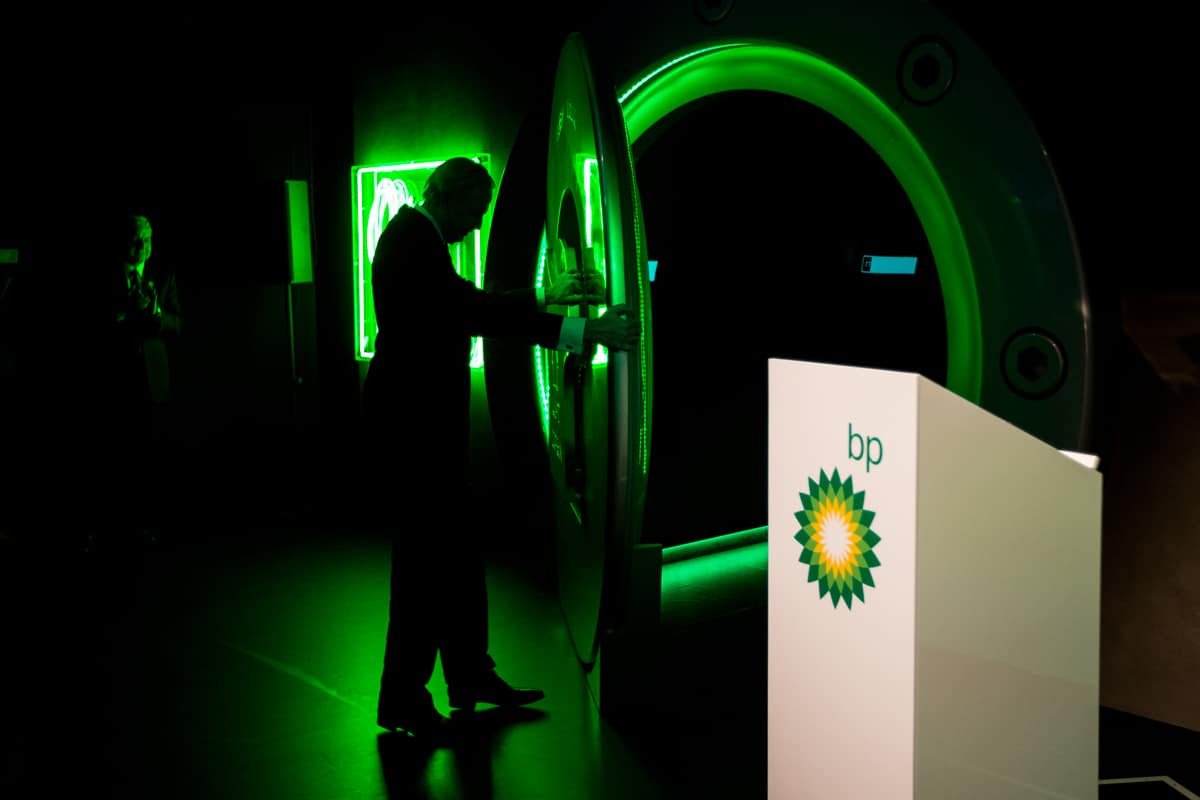
Looking for a professional event photographer in Berlin, Hamburg, or Frankfurt?
Drop us a line for more details or to chat about your requirements.
We look forward to capturing beautiful moments at your next event!


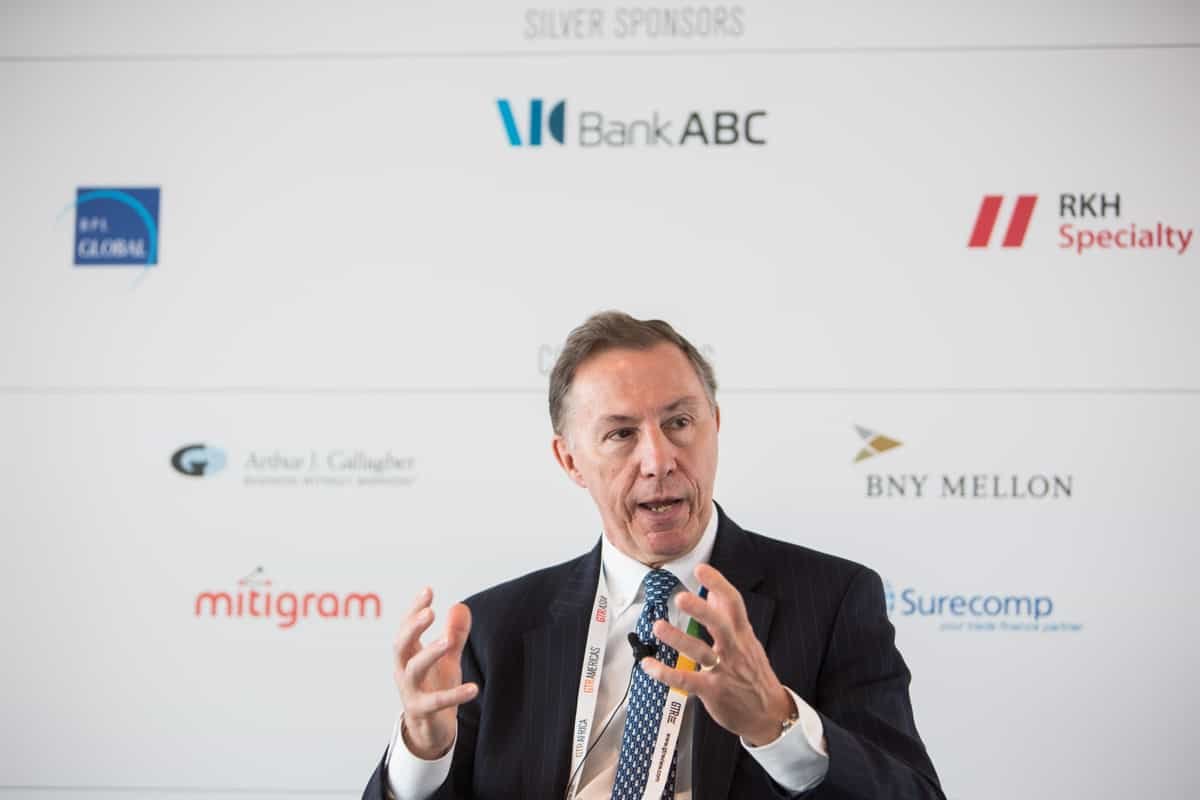
Looking for a professional event photographer in Berlin, Hamburg, or Frankfurt?
Drop us a line for more details or to chat about your requirements.
We look forward to capturing beautiful moments at your next event!
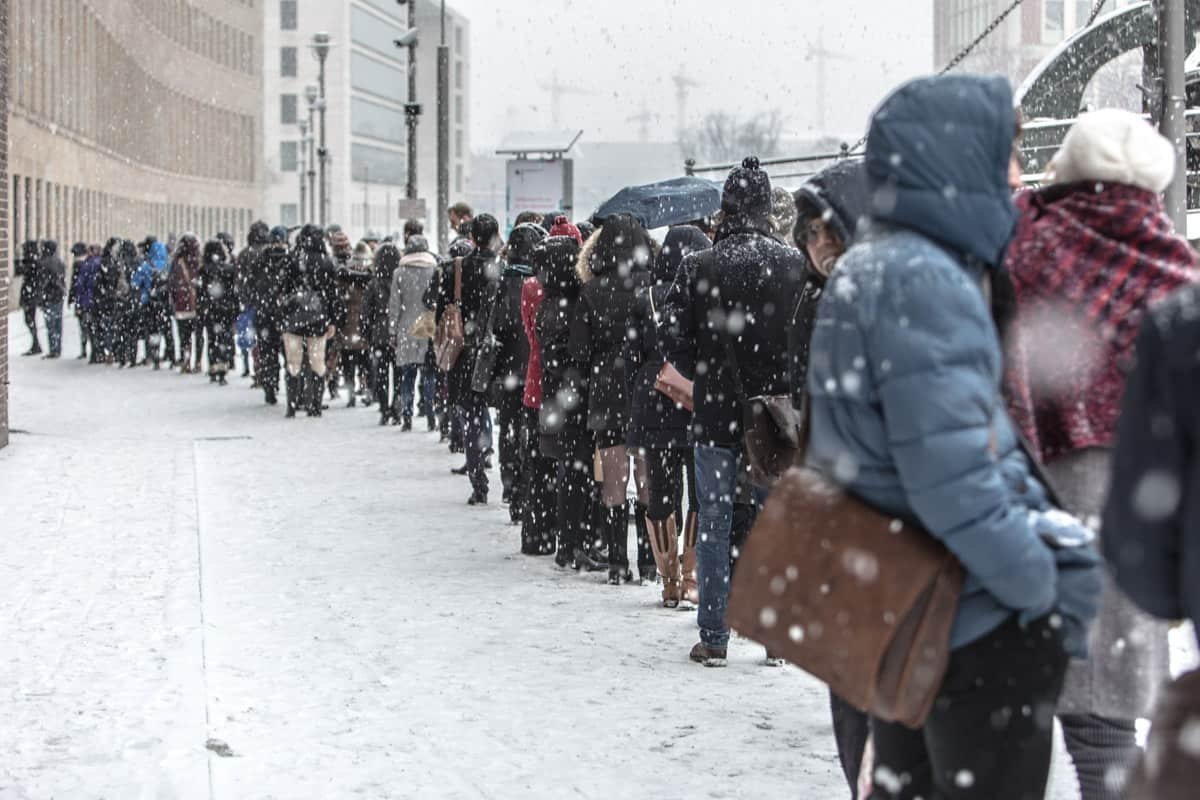

Looking for a professional event photographer in Berlin, Hamburg or Frankfurt?
Drop us a line for more details or to chat about your requirements.
We look forward to capturing beautiful moments at your next event!
Looking for a professional event photographer in Berlin, Hamburg or Frankfurt?
Drop us a line for more details or to chat about your requirements.
We look forward to capturing beautiful moments at your next event!